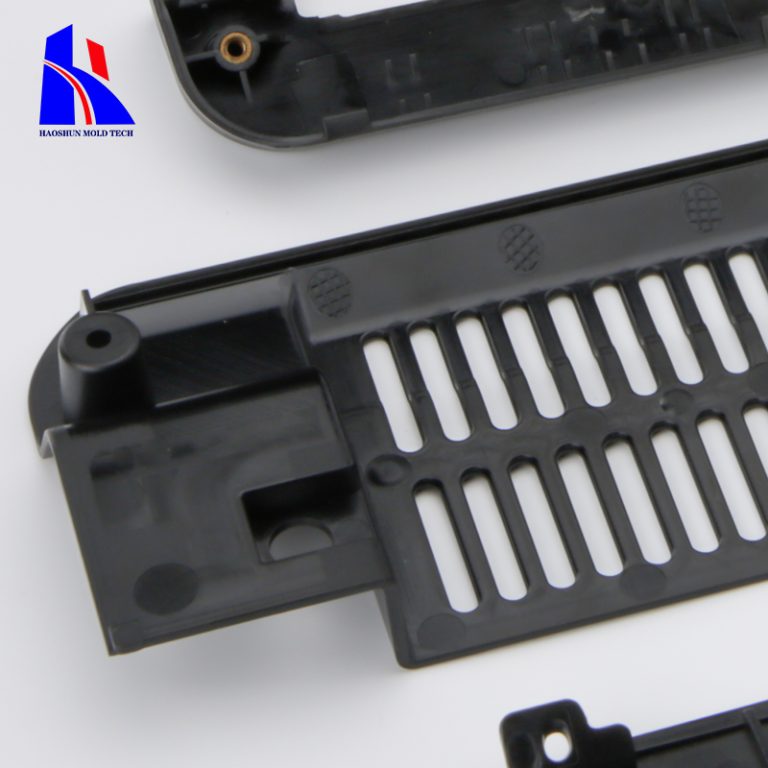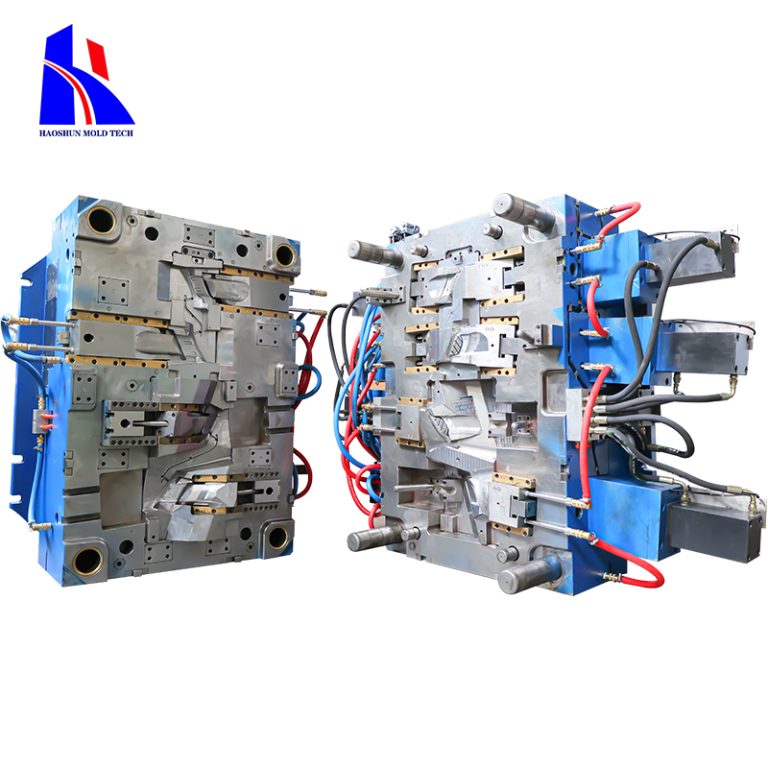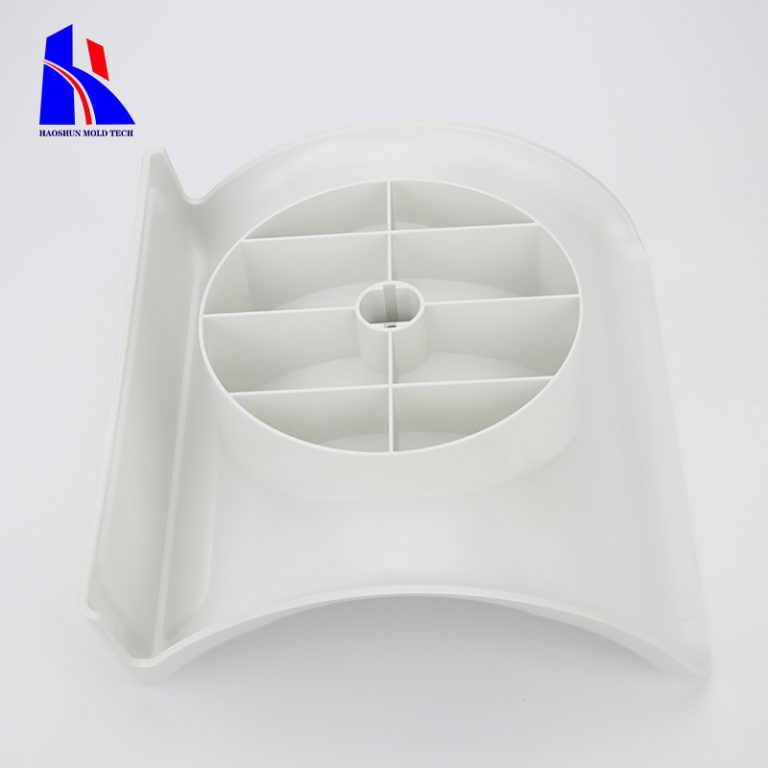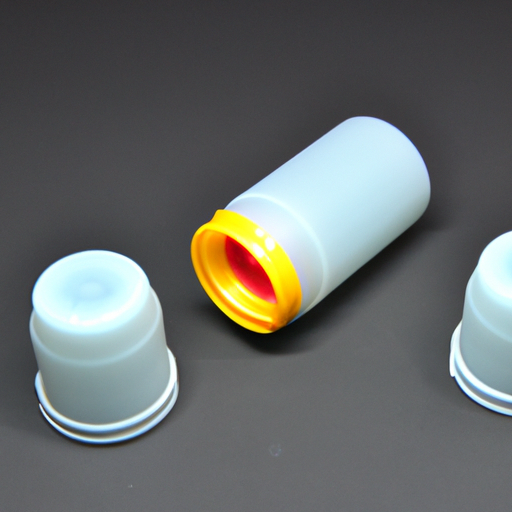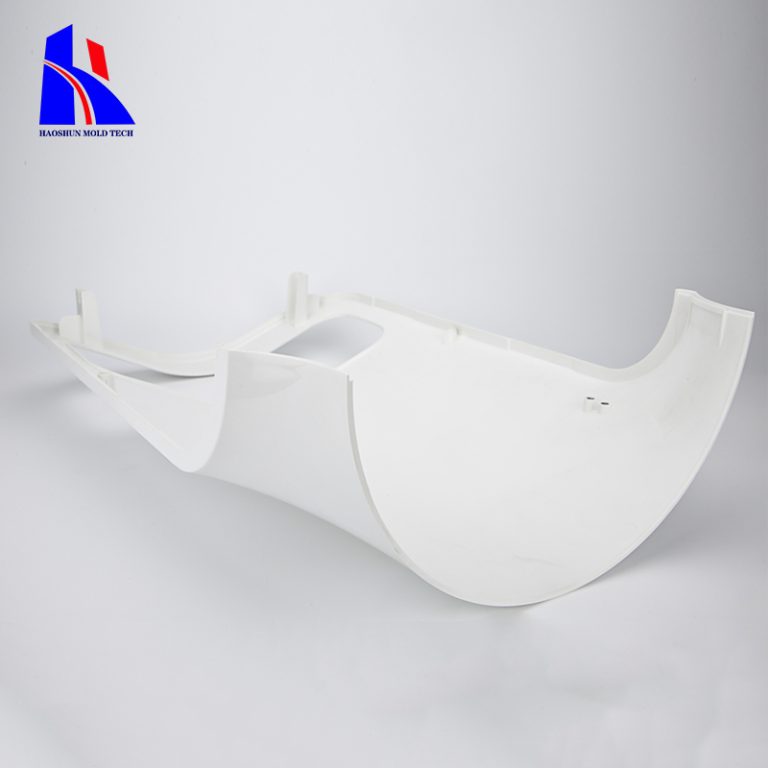plastic moulded parts meaning
Table of Contents
Exploring the Benefits of Plastic Moulded Parts in Manufacturing
Plastic moulded parts are becoming increasingly popular in manufacturing due to their numerous benefits. Plastic moulded parts are created by injecting molten plastic into a mould, which is then cooled and hardened to create the desired shape. This process is cost-effective, efficient, and can be used to create complex shapes and intricate details.
One of the primary benefits of plastic moulded parts is their durability. Plastic is a strong and resilient material that can withstand a wide range of temperatures and environmental conditions. This makes it ideal for use in a variety of applications, from automotive parts to medical devices. Additionally, plastic moulded parts are resistant to corrosion, making them a great choice for outdoor applications.
Another benefit of plastic moulded parts is their cost-effectiveness. The injection moulding process is relatively inexpensive compared to other manufacturing processes, and the cost of the raw materials is also relatively low. This makes plastic moulded parts a great choice for companies looking to reduce costs without sacrificing quality.
Finally, plastic moulded parts are highly customizable. The injection moulding process allows for the creation of complex shapes and intricate details, making it possible to create parts that are tailored to specific applications. This makes plastic moulded parts a great choice for companies looking to create unique and custom parts.
Overall, plastic moulded parts offer numerous benefits to manufacturers. They are durable, cost-effective, and highly customizable, making them a great choice for a variety of applications.
Understanding the Different Types of Plastic Moulded Parts and Their Uses
Plastic moulded parts are a versatile and cost-effective way to create a variety of components for a range of applications. Depending on the type of plastic used, the moulding process, and the desired end product, there are several different types of plastic moulded parts available.
Injection moulding is the most common type of plastic moulding. It involves injecting molten plastic into a mould cavity, where it cools and hardens into the desired shape. Injection moulding is used to create a wide range of parts, from small components such as buttons and knobs to larger items such as car parts and medical devices.
Rotational moulding is a process used to create hollow parts with a uniform wall thickness. It involves rotating a mould in two axes while it is heated, allowing the plastic to evenly coat the inside of the mould. This process is often used to create large parts such as tanks and containers.
Extrusion moulding is a process used to create long, continuous parts such as pipes and tubes. It involves pushing molten plastic through a die to create a continuous shape. This process is often used to create parts with complex shapes and profiles.
| Delivery | PE bag + paper card/paper skin + export-grade carton / crate / Pallet |
| Our Services | OEM/ODM |
Compression moulding is a process used to create parts with a uniform thickness. It involves placing a pre-measured amount of plastic into a mould cavity and then applying pressure to form the part. This process is often used to create parts with intricate details and complex shapes.
Vacuum forming is a process used to create parts with a uniform thickness and a smooth surface finish. It involves heating a sheet of plastic and then using a vacuum to draw it down into a mould cavity. This process is often used to create parts with complex shapes and intricate details.
These are just a few of the different types of plastic moulded parts available. Each type has its own advantages and disadvantages, and is best suited for certain applications. By understanding the different types of plastic moulded parts and their uses, you can make an informed decision when selecting the right type for your project.



